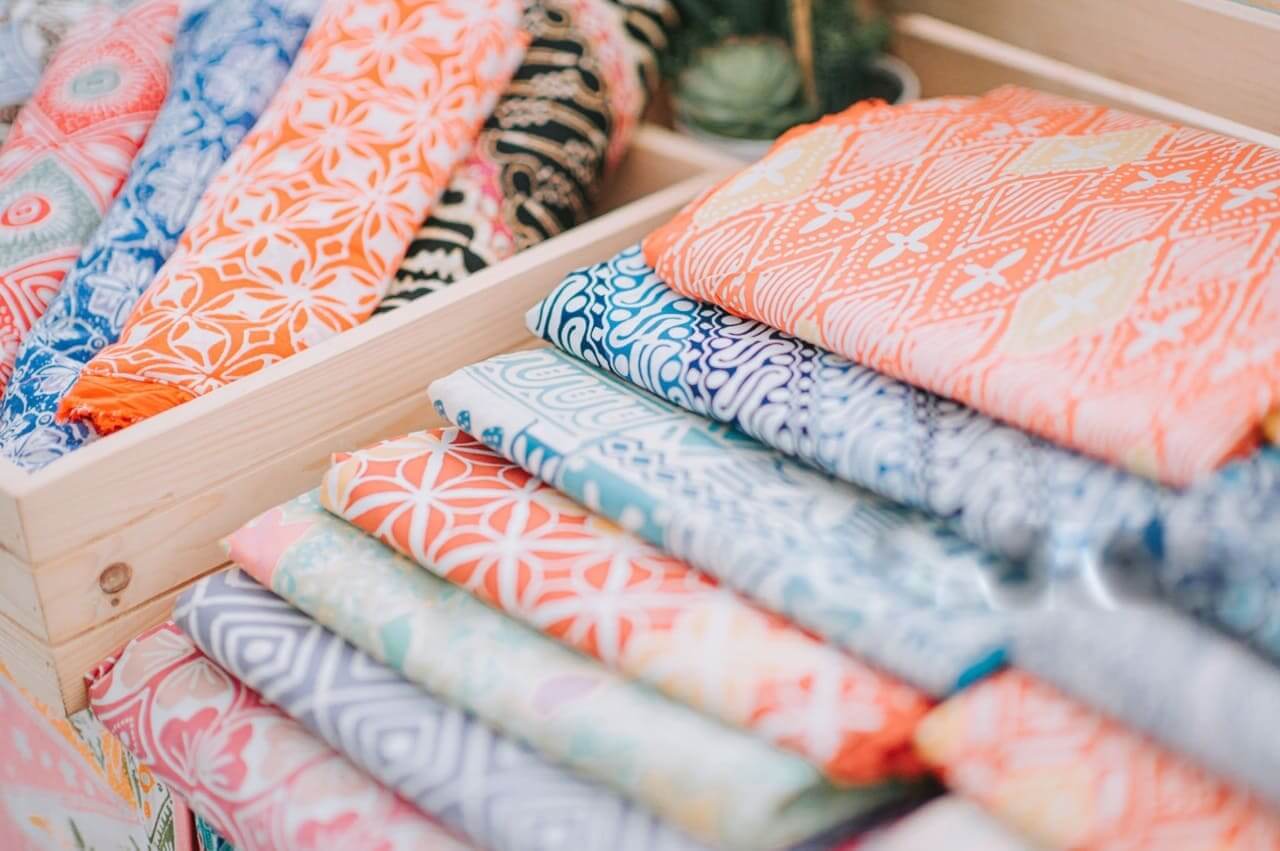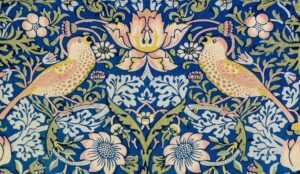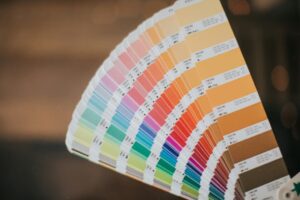Table of Contents
Introduction
Eco-conscious fashion is no longer a niche — it has become a driving force in the textile industry. From independent designers to large retailers, more people are asking: Is this fabric organic? Was it printed sustainably? As environmental awareness grows, organic cotton fabric printing has emerged as one of the most sustainable solutions for small businesses and brands that want to align with eco-friendly values.
In this guide, we’ll explore what organic cotton fabric printing is, how it works, its key benefits, challenges, and why choosing sustainable cotton printing can strengthen your brand story and appeal to eco-conscious consumers.
➡️ Explore our eco-friendly fabric printing services
➡️ Textile Exchange – Organic cotton market report
What makes organic cotton “organic” — and why it matters
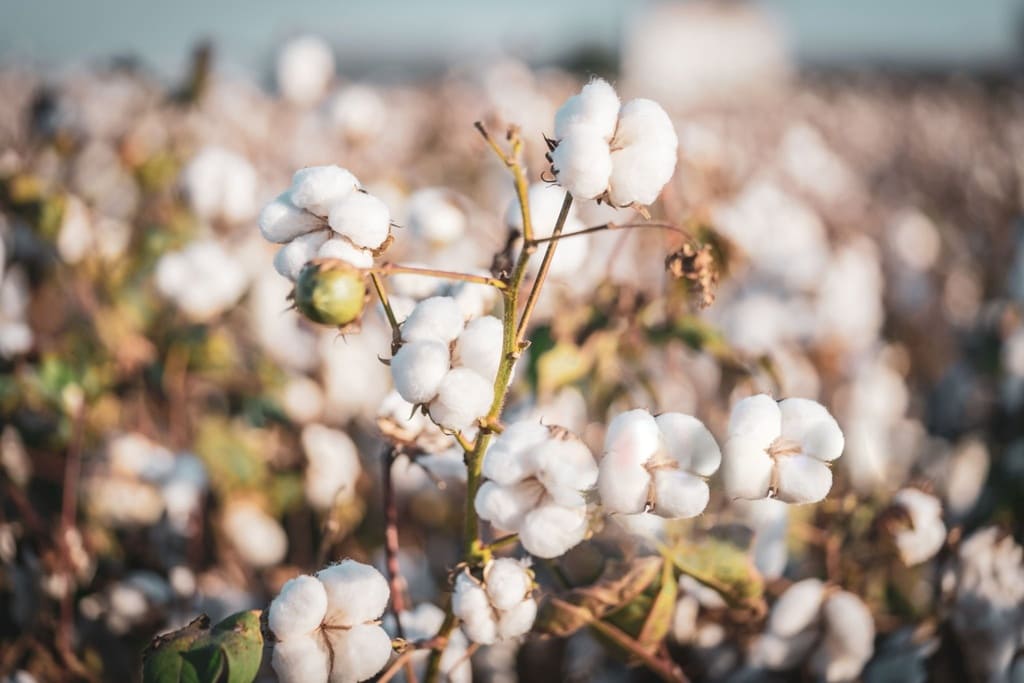
Organic cotton is grown without synthetic pesticides, fertilizers, or genetically modified seeds. This farming method protects soil health, reduces water pollution, and supports biodiversity. Compared to conventional cotton, organic production has a significantly lower environmental footprint.
To make reliable claims, certifications such as GOTS (Global Organic Textile Standard) and OEKO-TEX® are essential. They ensure your fabrics are truly organic and free from harmful chemicals.
Printing methods that pair well with organic cotton
Digital Printing
Digital fabric printing is the most eco-friendly and efficient method for organic cotton fabric printing. It uses water-based pigment inks, requires significantly less water than conventional methods, and generates minimal waste. This makes it ideal for small runs, sampling, and fully customized patterns, giving designers and small brands flexibility without compromising sustainability.
Screen Printing
Screen printing works well for bulk production and can be adapted for organic cotton fabric printing when water-based inks are used. Brands should carefully manage wastewater and choose eco-friendly dyes to maintain the sustainability of their production process.
Natural and Low-Impact Dyes
Some brands experiment with natural dyes, including plant-based or mineral options. While these dyes can add a unique story to your brand, achieving consistent colors and reliable color fastness can be challenging. For small batches or artisanal designs, natural and low-impact dyes can complement organic cotton fabric printing as part of a sustainable product line.
Eco-inks, hand-feel & color fastness: what to expect
Ink choices: Water-based pigment inks are the most eco-friendly. Reactive dyes offer vibrant colors but use more water.
Hand-feel: Pre-treatment and curing methods affect softness. Always test with swatches before bulk production.
Color fastness: Wash, rub, and light fastness vary depending on ink and finish. Setting correct expectations is key.
Certifications that strengthen your brand story
Customers are more likely to trust and stay loyal to brands that back up their claims with certification.
GOTS ensures the entire textile supply chain — from farming to printing — meets organic standards.
OEKO-TEX® STANDARD 100 verifies that fabrics are free from harmful substances.
Costs, MOQs, and lead times — how to budget smart
Organic cotton printing can be slightly more expensive than conventional fabric printing. Costs are influenced by:
Base fabric price
Printing method (digital vs screen)
Minimum order quantities (MOQs)
Finishing and QC steps
Digital printing allows no-minimum orders, making it easier for small businesses to test new designs. Lead times generally range from 10–15 days depending on volume.
How organic cotton printing boosts brand perception
Sustainability isn’t just a trend — it’s a strong branding tool. Customers increasingly look for eco-conscious products, and organic cotton fabric printing helps you stand out in a crowded market.
Trust & loyalty: Certifications and transparency build credibility.
Differentiation: Eco-claims backed by real standards set you apart.
Use cases: Babywear, yoga apparel, eco-friendly home decor, limited edition drops.
📚 Frequently Asked Questions (FAQs)
1. How can I get a quote for custom fabric printing?
You can email us at info@jcwtextile.com or use our Quote Request Form. Please include the fabric type, quantity (in meters), and your design file (if available). We’ll get back to you within 1 business day.
2.Is organic cotton fabric printing more sustainable than conventional cotton printing?
Yes. Organic cotton is grown without synthetic chemicals, and when combined with eco-friendly inks, printing has a much lower environmental footprint.
3.Can I achieve vibrant colors when printing on organic cotton?
Absolutely. Digital pigment printing offers bright, eco-friendly results. Reactive dyes provide even more vibrancy but use more water.
4.What certifications should I look for when choosing organic cotton fabric?
The most trusted are GOTS (Global Organic Textile Standard) and OEKO-TEX® Standard 100, ensuring your fabrics are safe and truly organic.
5.Is organic cotton fabric printing more expensive?
Slightly, due to higher fabric costs and certification standards. However, digital printing with no minimum order can balance costs for small runs.
6.What printing methods work best with organic cotton?
Digital printing with water-based pigment inks is most eco-friendly. Screen printing can also work if using water-based inks and proper wastewater treatment.
Conclusion
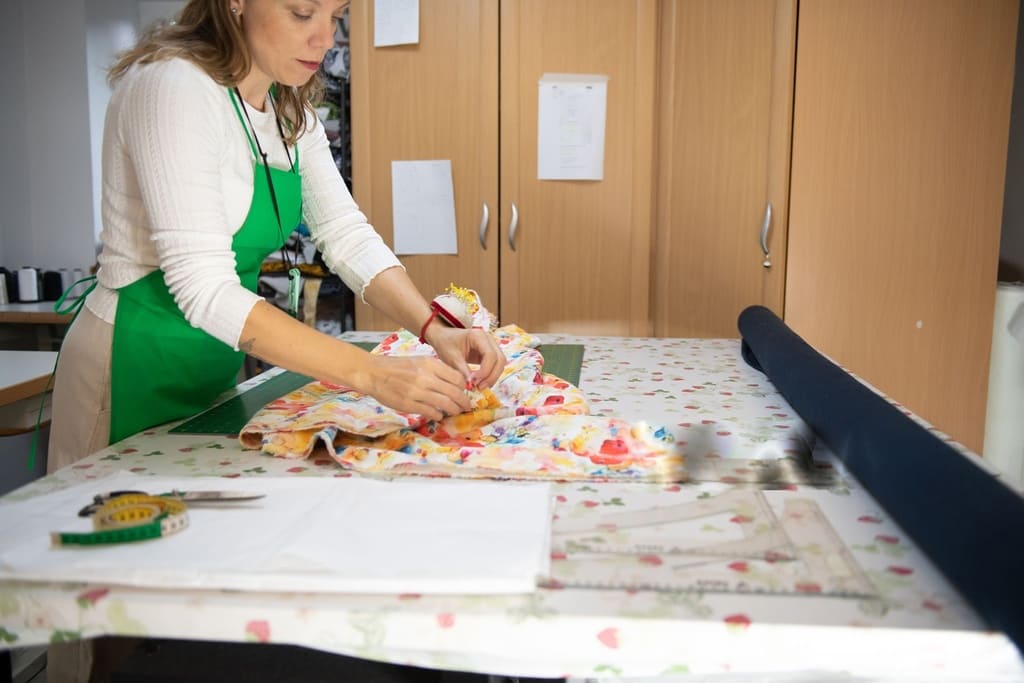
Organic cotton fabric printing is more than just a production choice — it’s a brand statement. By using eco-friendly inks, certified fabrics, and transparent processes, you not only reduce environmental impact but also win the trust of eco-conscious customers.
👉 Ready to start? Get a quote today or order swatches to test your designs on organic cotton.
